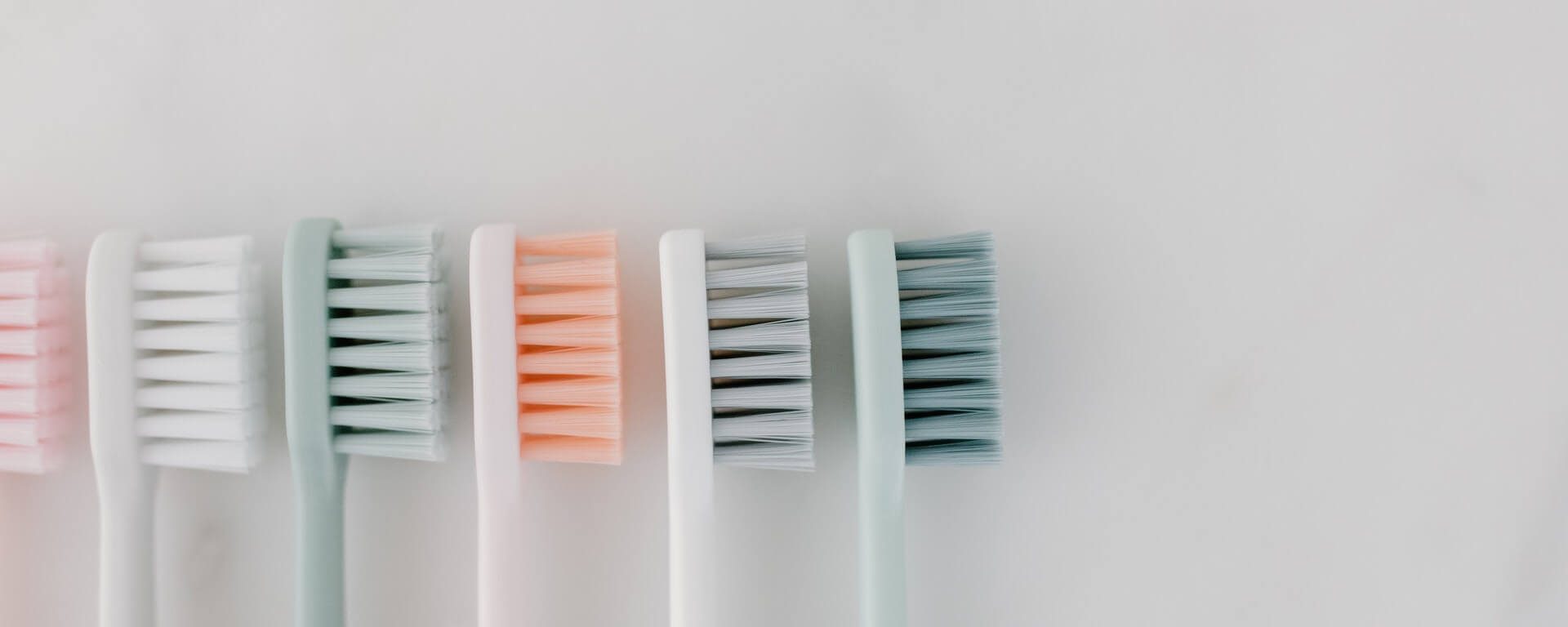Dental hygienists assess, administer, and advise patients’ oral hygiene care and routine maintenance. As a result, dental hygiene professionals provide a valuable service to others while helping patients lead healthier, holistic lives.
Responsibilities of dental hygienists include:
- Cleaning patients’ teeth for annual exams,
- Documenting patient care and treatment plans,
- Educating patients on the relationship between diet and oral health,
- Maintaining patient records per industry, state, and federal regulations,
- Protecting teeth by applying sealants and fluoride,
- Providing preemptive, patient-centered care and disease prevention,
- Taking and developing dental x-rays, and more.
Those successfully working in the dental hygiene field have a unique set of soft skills. Effective dental hygienists are usually detail-oriented, patient in nature, passionate about the care they provide. They should also have strong fine-motor skills and the physical stamina to stand for long durations.
From education to employment
Dental hygienists typically earn their associate degree in dental hygiene to prepare for occupational licensure. A degree in dental hygiene covers a comprehensive curriculum, including courses in anatomy and physiology, psychology, nutrition, and principles of dental hygiene, among others. Dental hygiene graduates become officially licensed after passing the National Board of Dental Hygiene Examination (NBDHE).
Prospective students thinking about going back to school to be a dental hygienist may even see the field as advantageous to their return on investment, as recent dental hygienist salary information proves favorable for those eager to join the professional field.
Below is the latest statistics and salary information for those considering a well-paid career in dental hygiene.
Dental Hygiene: An in-demand degree
The prevailing need for dental hygienists results from replacing workers who transfer to different occupations or exit the labor force altogether when they retire. The dental hygiene demand has recently increased due to the aging baby boomer population, recovery efforts from the Covid-19 recession, the uptick in studies linking oral health to general health, and the expanding access to oral hygiene services nationwide.
In 2020, the U.S. Department of Labor (DOL) projected that the dental hygiene profession would increase by 11% from 2020 to 2030, a faster than average job outlook for all occupations. Furthermore, 15,600 new dental hygiene jobs are estimated to grow annually over the decade. The Department of Labor also anticipates that dental hygienists will account for 229,200 workers by 2030.
An inspiring incentive: Top paying industries for dental hygienists
The Bureau of Labor Statistics reported in 2020 that the following industries had the highest paying annual average salaries for dental hygienists.
- Dental hygienists who work in specialty hospitals other than psychiatric and substance abuse earn an annual average salary of $80,800.
- Dental hygiene graduates who work in the management of companies and enterprises make an average salary of $80,470.
- Those licensed in dental hygiene employed in offices of other health practitioners produce an average annual salary of $79,550.
- Dental hygienists who work in dental offices receive an average salary of $78,320.
- And dental hygienists who work in outpatient care centers earn an average salary of $77,980.
A career in dental hygiene: States with the highest job concentrations
The U.S. Bureau of Labor Statistics also identified in 2020 that 206,100 dental hygienist jobs were available in the United States. Wyoming, Idaho, New Hampshire, Connecticut, and Alaska were listed as the five most concentrated states for professional dental hygienist opportunities within the same year. Dental hygienists who lived in Wyoming made an average of $66,280, while Idaho workers made $76,670. In 2020, dental hygienists in New Hampshire made an annual average of $82,150, and those employed in Connecticut earned an average of $85,610 per year. Of the top tier, dental hygienists living in Alaska make $115,050 annually.
A profession that pays
According to salary.com, in February 2022, the average dental hygienists’ salary in the United States was $77,489 per year, with the occupational pay range falling between $67,286 to $88,111. Based on Human Resource-reported data from the same year, the bottom 10% of dental hygienists made $57,996 annually. The 25th percentile of dental hygienists earned $67,286, while the median worker received $77,489. Of the 75th percentile, dental hygienists made $88,111, with the top 90% of dental hygienists earning $97,782.
As an in-demand profession that blends education, hands-on training, and interpersonal skills, the field of dental hygiene has rewarding returns for recent graduates. A dental hygiene degree can lead to an accessible, satisfying career with a competitive salary to match. Dental hygienists also regularly interact with others and make a daily difference in their patients’ lives. A worthwhile professional option, dental hygienists make an incredible impact on the way patients see themselves and present themselves to the world.
Want to learn more about earning your degree in dental hygiene?
Click here for something to smile about!
Goodwin University is a nonprofit institution of higher education and is accredited by the New England Commission of Higher Education (NECHE), formerly known as the New England Association of Schools and Colleges (NEASC). Goodwin University was founded in 1999, with the goal of serving a diverse student population with career-focused degree programs that lead to strong employment outcomes.

